April 10, 2021
This is one of my favorite, and one of my newest, cruise talks. I need to explain that except as is minutely needed to explain places, paintings, and producers, this talk will not be a technical art history talk, nor will it go much into artists styles and techniques – that is, as a famous politician once said, above my pay grade.
As we look at “Museum Mosaic” – a patchwork of stories and art – from Puerto Rico to Martinique, please enjoy the artists’s work and the vignettes about them.
With apologies to Puerto Rico and Martinique, they will be bookends, with The National Gallery of Jamaica, the oldest and largest public art museum in the Caribbean, as our centerpiece.
MUSEO DE ARTE DE PONCE
Museo de Arte de Ponce houses a collection of European art, as well as work by Puerto Rican artists.
It is considered one of the finest art museums in Puerto Rico, founded in 1959 by industrialist, philanthropist, and future governor, Luis Alberto Ferré to honor the city of Ponce, his birthplace. Ferré compiled a collection of works of art based on their value instead of their popularity.
 |
| Luis Alberto Ferré |
The Museo de Arte de Ponce houses the most important collection of European art in Latin America. The main masterpiece of the museum is Flaming June, a painting by Sir Frederic Lord Leighton, produced in 1895. It is widely considered to be Leighton’s magnum opus.
 |
| "Flaming June" |
According to art historian Andrew Graham-Dixon “her pose is loosely modeled on that of Michelangelo’s famous statue of Night, in the Medici Tombs in Florence.”
The painting’s first owners, The Graphic magazine, bought it to create a high-quality reproduction which was given away as a Christmas gift in 1895. When Leighton died in January 1896 it was put in their office window which was passed by the funeral procession. It was loaned to the Ashmolean Museum in early 1900s.
Its whereabouts after this are unknown until it was rediscovered in a home in southwest London in the early 1960s. Andrew Lloyd Webber, age 15, saw it soon afterwards in a shop, but his grandmother refused to lend him the £50 asking price, stating: “I will not have Victorian junk in my flat.”
It was auctioned shortly after where it failed to sell for its low reserve price of $140 (the equivalent of $1,126 in modern prices).
In 1963 Luis Alberto Ferré was on a trip around Europe, purchasing paintings and sculptures for the Museo de Arte de Ponce which he had founded. Seeing it at The Maas Gallery, London, Ferré paid £2,000 for the painting.
A pencil and chalk study for Flaming June sold at Sotheby’s in 2015 for $215,000. The museum has turned down an offer from Lloyd-Webber of $8,000,000.
The Puerto Rican art collection includes the great master José Campeche, the first Puerto Rican visual artist. José Campeche ranks as Puerto Rico’s greatest artist of the 18th century.
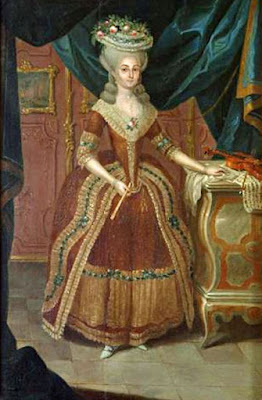 |
| "Portrait of a Lady" |
Francisco Oller, who played a roll in the development of Impressionism (which used small, visible brush strokes and concentrated on the effects of light on the painting), is Puerto Rico’s greatest artist of the 19th century.
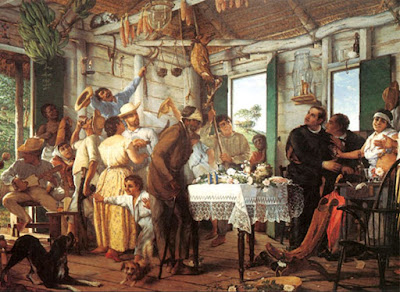 |
| "The Wake" |
Contemporary artist Antonio Martorell is one of the most prolific Puerto Rican artists of the late 20th and early 21st century.
Martorell’s Culebra Wants Yankee Navy Out was painted as a reaction to protests which began in 1971 on the island of Culebra, Puerto Rico against the United States Navy’s use of the island.
On June 26, 1903, President Theodore Roosevelt established the Culebra Naval Reservation, and in 1939, the U.S. Navy began to use the Culebra Archipelago as a gunnery and bombing practice site. In 1971 the people of Culebra began the protests for the removal of the U.S. Navy from Culebra.
The protests led to the U.S. Navy discontinuing the use of Culebra as a gunnery range in 1975. The cleaning process of the island has been slow. At the end of 2016, the United States Army Corps of Engineers sent letters to the residents of Culebra citing active removal of undetonated explosive material still present on the island.
Francisco Rodón was named Puerto Rico’s most important 20th century painter. His portrait of Luis Munoz Marin, Puerto Rico’s first governor is appraised at $1,000,000 and is considered his most important piece.
The photography section has a collection of Jack Delano’s work and it is an interesting presentation of Puerto Rico’s cultural and social development though more that 40 years. Delano was born in Ukraine in 1914. Most of his work as a photographer was produced in either eastern Pennsylvania or Puerto Rico, where he moved permanently in 1946.
His “Daily Life In Puerto Rico” series, photographed over a period of 4 years, is particularly poignant.
The song which I chose for the soundtrack, “En Mi Viejo San Juan” says: “In my old San Juan / How many dreams I forge in my childhood nights! / My first dream and my first troubles of love are memories of the soul. / One afternoon I left towards a foreign nation, as fate would have it, but my heart remained facing the sea / in my Old San Juan.”
Next week, the National Gallery of Jamaican Art, the Gem of the Caribbean.
👉 A timely comic strip:
👉 Percentages.
Jesus’ “Parable of the Three Servants” has some very obvious clues as to its meaning.
“The Kingdom of Heaven can be illustrated by the story of a man going on a long trip. He called together his servants and entrusted his money to them while he was gone. He gave five bags of silver to one, two bags of silver to another, and one bag of silver to the last – dividing it in proportion to their abilities. He then left on his trip” (Matthew 25:14-15 NLT).
Some of his parables were addressed to the religious leaders, some to general audiences, but this one is addressed to insiders – to those called “his servants.” And the goods delivered to them are clearly labeled as belonging to man who is going on the long trip.
The bags of silver, delivered to the servants, were to be used for the master’s good. And without going any farther into the parable, the message is simple: God gives us gifts – according to our individual abilities – to be used for his glory, and for the advancement of his kingdom. In other words, my gifts are to be used to benefit you, and yours are to be used to benefit me.
When the master returned, two servants were rewarded because they had increased their holdings, one was punished because he did not use what was entrusted to him. I don’t think that the doubling from 5 to 10 or from 2 to 4 is the important thing in the story. Using them to promote the master’s work is the key.
I say this because when the master was declaring punishment for the man who buried his one bag of silver, he said, “Why didn’t you deposit my money in the bank? At least I could have gotten some interest on it” (25:27).
I don’t know what rate of return banks were giving in Jesus’ day, but where I bank, the rate for a savings account is 0.01% – and that is pitiful (it would take 7,200 years to double the initial investment). Now if you put it in a money market account you can get 0.5% (144 years to double). Jesus didn’t say how long the man was gone, but if the bags of silver were put in either of those account, it would have taken a very, very long time to double. Regardless, the master’s investment would have gained value.
Here is the beauty of this parable. If you use the gift God gave you to the best of your ability, that’s all he requires. The doubling by the first two servants illustrates putting the gifts to use, but the promise that if you put it in the bank at current interest means God honors the very best you can do, even if it is a small return in comparison to other people. And remember, God is the one who is looking at the percentage of return – that is not our job; our job is to be faithful with what he has entrusted to us.
-30-





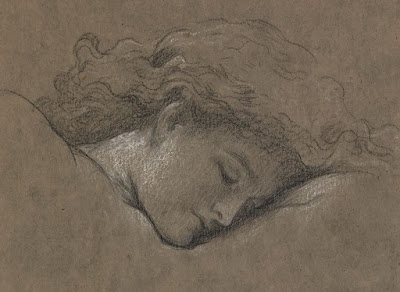
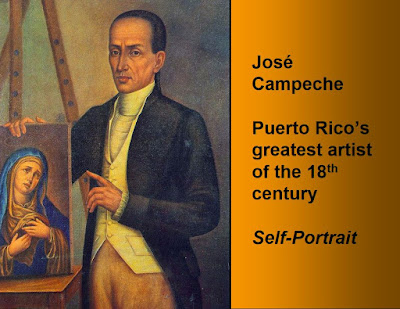


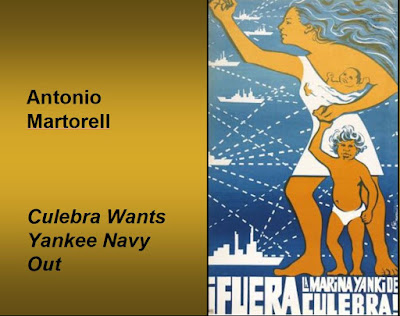

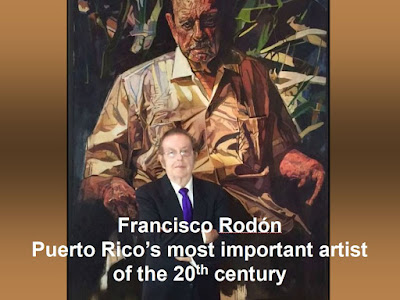





No comments:
Post a Comment